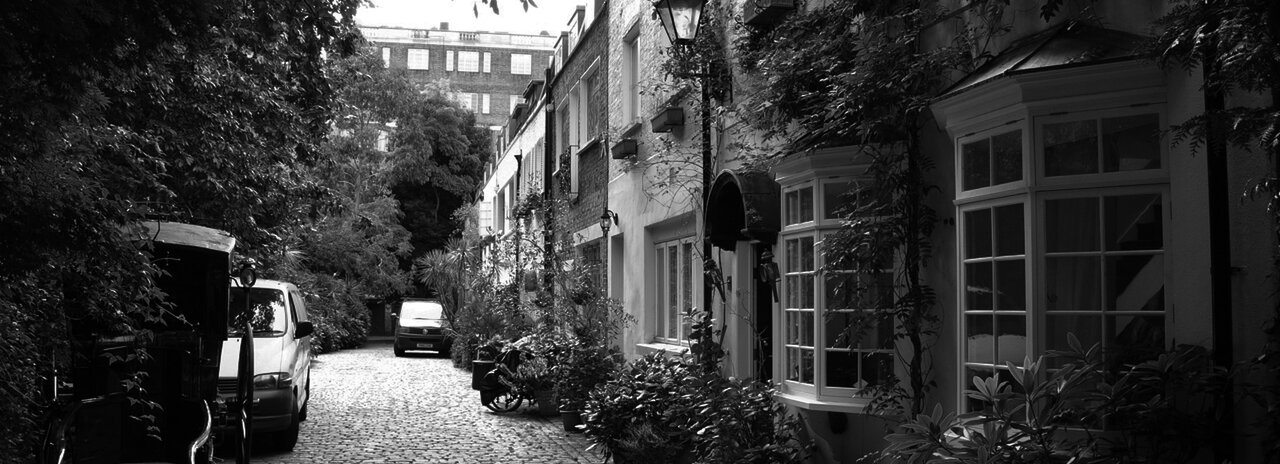There are various ways to enjoy savings income without paying tax on it. In addition to the personal allowance, basic and higher rate taxpayers benefit from a personal savings allowance. Taxpayers whose taxable non-savings income is not more than £5,000 can also enjoy a zero rate on savings income in the savings rate band. In addition, savings income held in tax-free accounts such as ISAs can also be enjoyed free of tax.
Personal allowance
If the personal allowance has not been fully used elsewhere, the balance can be set against savings income allowing it to be received tax-free.
Savings allowance
Basic and higher rate taxpayers are entitled to a savings allowance. This is in addition to their personal allowance.
For 2025/26 the savings allowance is set at £1,000 for basic rate taxpayers and at £500 for higher rate taxpayers. The allowance is available in addition to the personal allowance and also the dividend allowance.
Rising interest rates in recent years may mean that basic and higher rate taxpayers now receive interest in excess of their savings allowance on which tax is payable and which must be notified to HMRC on their Self Assessment tax return. Consequently, they may need to file a tax return where previously they did not need to.
Taxpayers who pay tax at the additional rate (which applies to taxable income in excess of £125,140) do not benefit from a personal savings allowance and must pay tax on any savings income unless it is otherwise exempt. They do not receive a personal allowance either as the personal allowance is fully abated at this level. Unless savings income is derived from tax-free accounts, additional rate taxpayers will pay tax on it.
Savings starting rate
Savings income which falls within the savings starting rate band is taxed at the savings starting rate of 0%. Depending on an individual’s personal circumstances, they may be able to enjoy up to a further £5,000 of savings income tax-free.
The savings starting rate band is set at £5,000 for 2025/26, but is reduced by any taxable non-savings income. This is other taxable income in excess of the personal allowance (but excluding any dividends). Consequently, the full £5,000 savings starting rate band is available where other taxable income is less than the individual’s personal allowance. The standard personal allowance is £12,570 for 2025/26. The savings starting rate band is eroded once taxable income in excess of the personal allowance reaches £5,000 (income of £17,570 and above).
The savings starting rate is applied before the personal savings allowance.
Tax-free savings accounts
If savings are held within a tax-free wrapper such as an Individual Savings Account, the associated savings income is tax-free. A taxpayer can invest up to £20,000 in an ISA in 2025/26. ISAs are attractive to additional rate taxpayers who do not benefit from personal and savings allowances.
Maximum tax-free savings income
Where a person has the personal allowance available in full to set against their savings income, they can enjoy tax-free interest on their savings of £18,570 in 2025/26 (personal allowance of £12,570 plus savings starting rate band of £5,000 plus savings allowance of £1,000), plus that from tax-free savings accounts.

